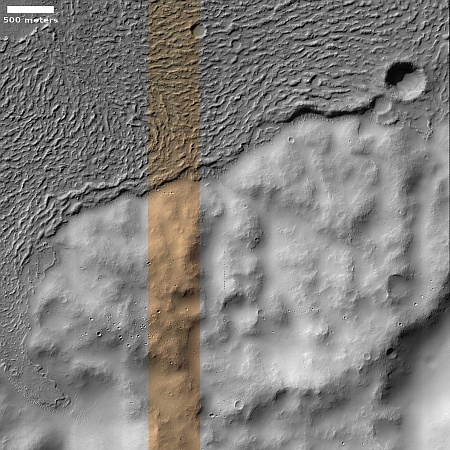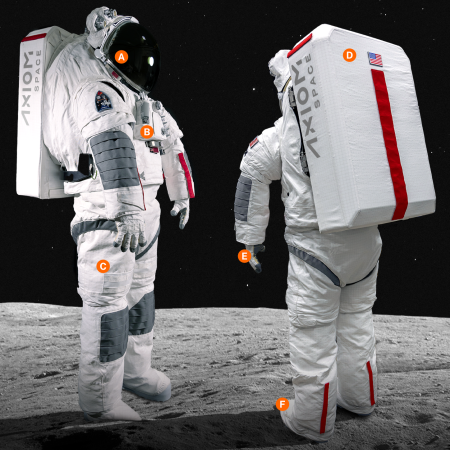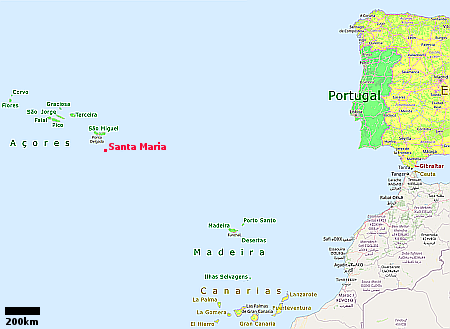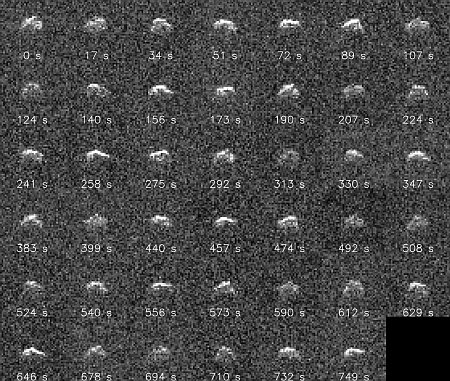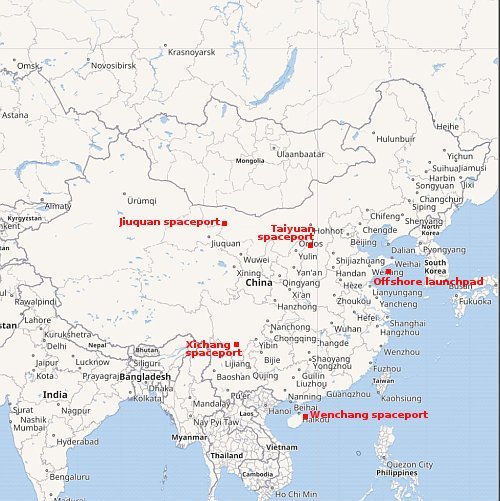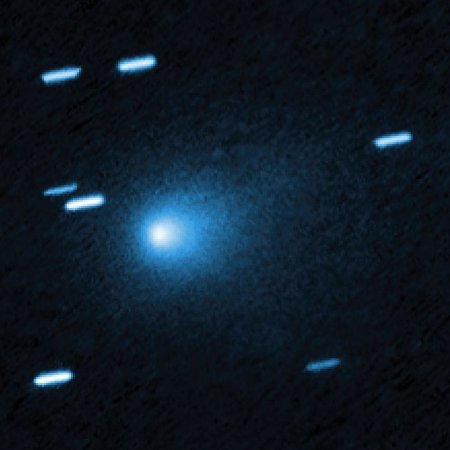
The attitude of our modern press about science
A new study looking at 630 articles in popular press about the study of astrobiology (the possibility of life on other worlds) found that the press frequently exaggerated the findings, often taking relatively minor results that only vaguely and with great uncertainty suggested the presence of biology to speculate wildly that life had been found.
The research also found that university public relations departments tended to encourage this behavior with their own speculations in press releases. From the paper’s abstract:
Findings reveal that speculations and promises/expectations are more frequent in news articles and press releases compared to academic papers. Speculations about conditions for life and the existence of life beyond Earth are common, particularly in news articles covering exoplanet research, while promises of life detection are rare. Press releases tend to emphasize the significance of research findings and the progress of the field. Speculations and promises/expectations in news articles often occur without attribution to scientists and in quotes of authors of the studies, and slightly less so in quotes of outside experts. [emphasis mine]
The study looked at articles from the New York Times in the U.S., the Guardian in the United Kingdom, Folha and Estadão in Brazil, Público in Portugal, and El País in Spain. It consistently found these news sources consistently exaggerated the discoveries, often speculating with little evidence that the research had found evidence of life.
This paper merely confirms what I have reported repeatedly in the past few years. When scientists report that they may have detected a molecule in Venus’s atmosphere that on Earth is associated with life, the press immediately screams “Life found on Venus!” Or if scientists detect with great uncertainty similar life-related molecules in an exoplanet’s atmosphere and gently suggest it might mean life, the press screams “Exoplanet has life!”
In both these examples the research was very uncertain, and in both later research failed to confirm these conclusions.
Sadly this pattern now applies to almost every scientific result. Uncertain results based not even on observations but on theories are routinely touted these days by both press departments and news outlets as big discoveries, even if they are only describing uncertain theories that may prove true.
In fact, words like “may”, “might,” or “could” in headlines are always a give-away. They tell you that the story is not about an actual discovery, but a speculation that remains unproven. Such stories rarely get linked to here at Behind the Black, and if I do link to them, I spend a lot of time noting the uncertainties and weakness of the research.
If only all news outlets did the same.


